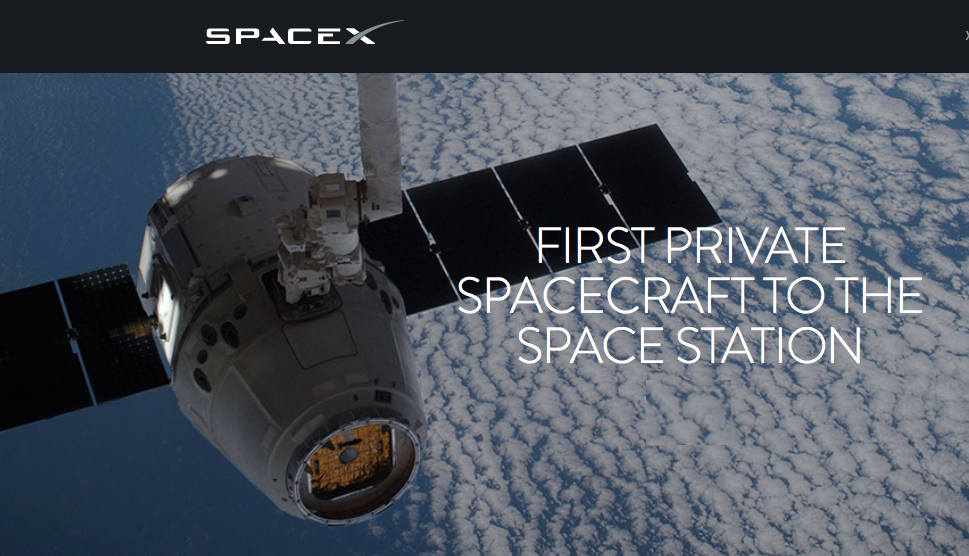
SpaceX's Dragon
On Friday a transporter erector in which the Falcon 9 was mounted was moved from SpaceX’s processing hangar at the base of the former shuttle pad at Cape Canaveral, up an incline to the top of the firing stand before dawn Friday. This will be the first launch from pad 39A since the orbiter Atlantis blasted off on the shuttle program’s final flight in July 2011.
The rocket was then erected to the vertical launch position in preparation for the so-called “hot fire” test that took place on Sunday. This test was not announced ahead of time. Hot firing or details of pre-launch processing aren't discussed, however the rocket was in plain view on the pad while observers waited all weekend to catch a glimpse of the fueling and engine ignition.
On Sunday SpaceX's Falcon 9 fired its rockets at approximately 4:10 p.m. ET/1:10PT where a white vapor could be seen venting from the booster, which is standard during fueling operations. Twenty minutes later a cloud of brown exhaust was visible shooting away from the base of the pad as the rocket’s nine Merlin 1D engines ignited, throttled up and then shut down. This is standard operating procedure in which all SpaceX Falcon 9 rockets undergo static firings before each launch to verify all ground and flight systems are ready for takeoff. In this case, the test also marked a crucial validation of extensive modifications needed to convert the repurposed launch complex for use by SpaceX.
SpaceX confirmed the completion of the test firing in a tweet, saying “First static fire test of Falcon 9 at historic launch complex 39A completed in advance of Dragon’s upcoming mission to the @Space_Station.”
On February 18 at 10:01 a.m., assuming telemetry confirms a successful test, SpaceX plans to launch a Dragon cargo ship carrying more than 5,200 pounds of supplies and equipment to the International Space Station.
Thoughts will inevitably recall that while preparing for a hot-fire test September 1, 2016, at the Cape Canaveral Air Force Station, a Falcon 9 exploded in a huge fireball five minutes before engine ignition. The rocket and its $200 million satellite payload were destroyed and launch complex 40 was heavily damaged. It was determined that the failure was triggered by the rupture of a high-pressure helium bottle inside the liquid oxygen tank of the rocket’s second stage that was caused in part by ultra-low propellant temperature.
Procedures have since been modified to prevent a repeat of the failure and SpaceX successfully launched a Falcon 9 on January 14 from Vandenberg Air Force Base, California. Following the upcoming successful launch this week another launch will take place around March 1 of an EchoStar communications satellite.

